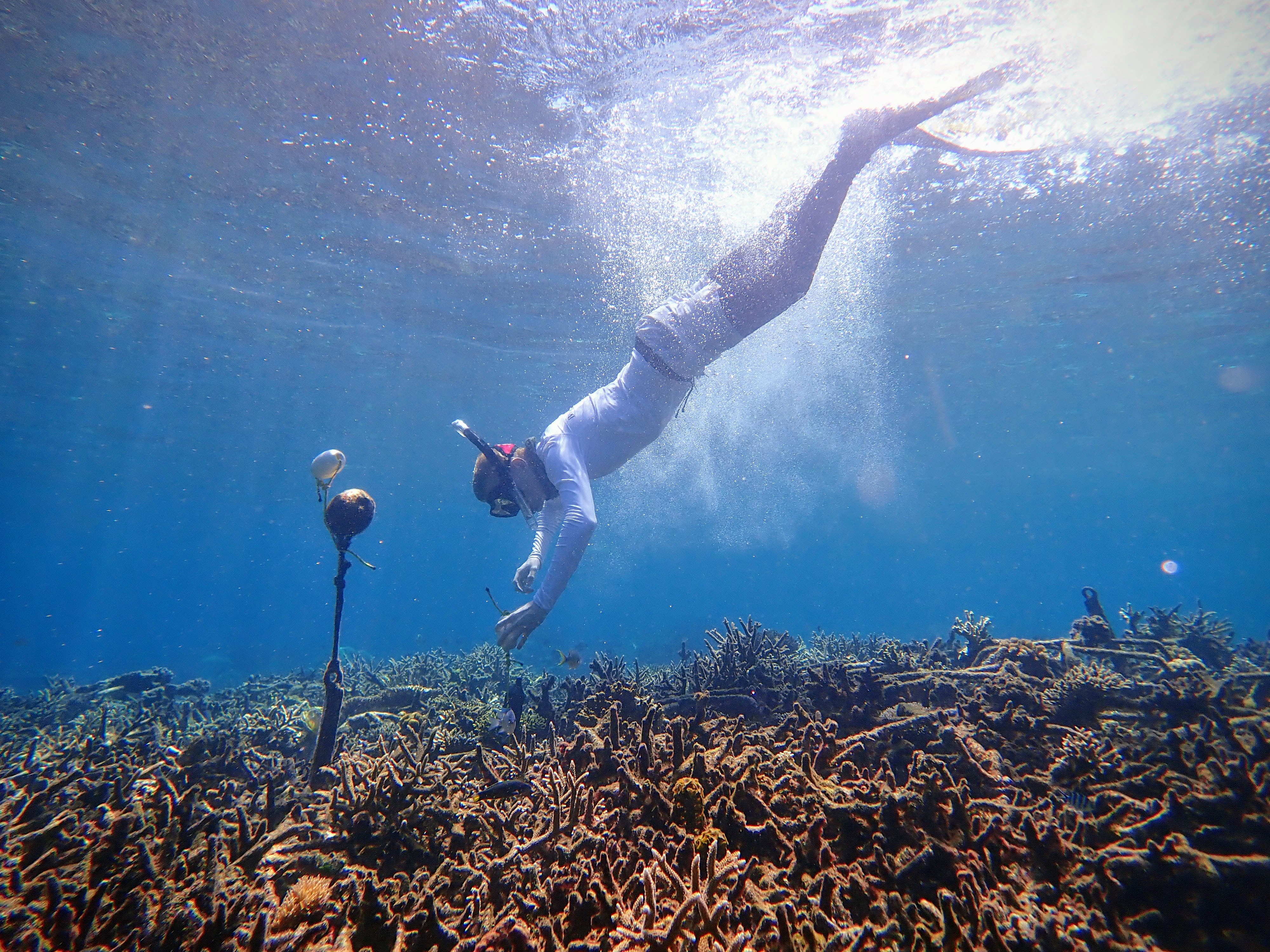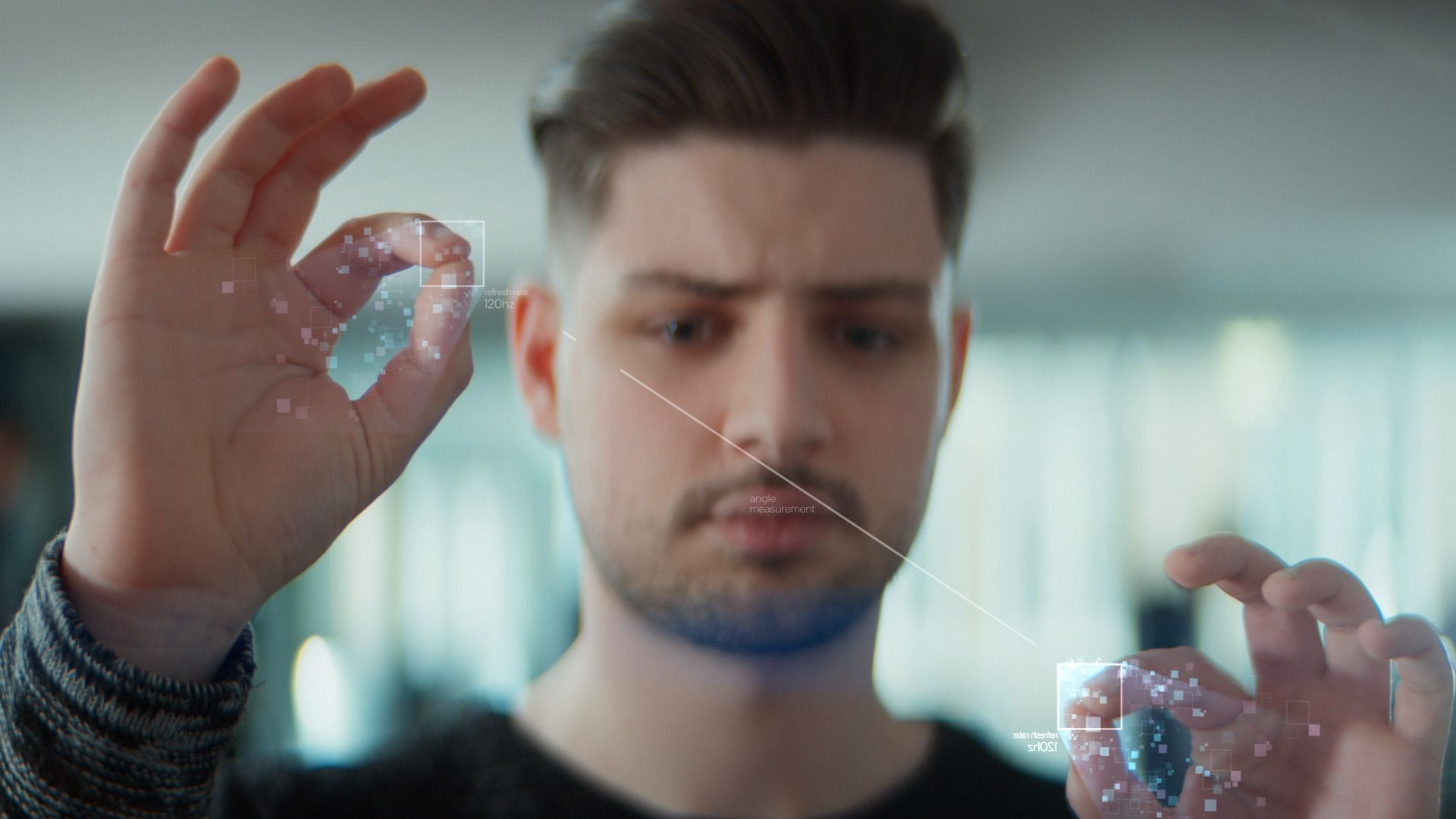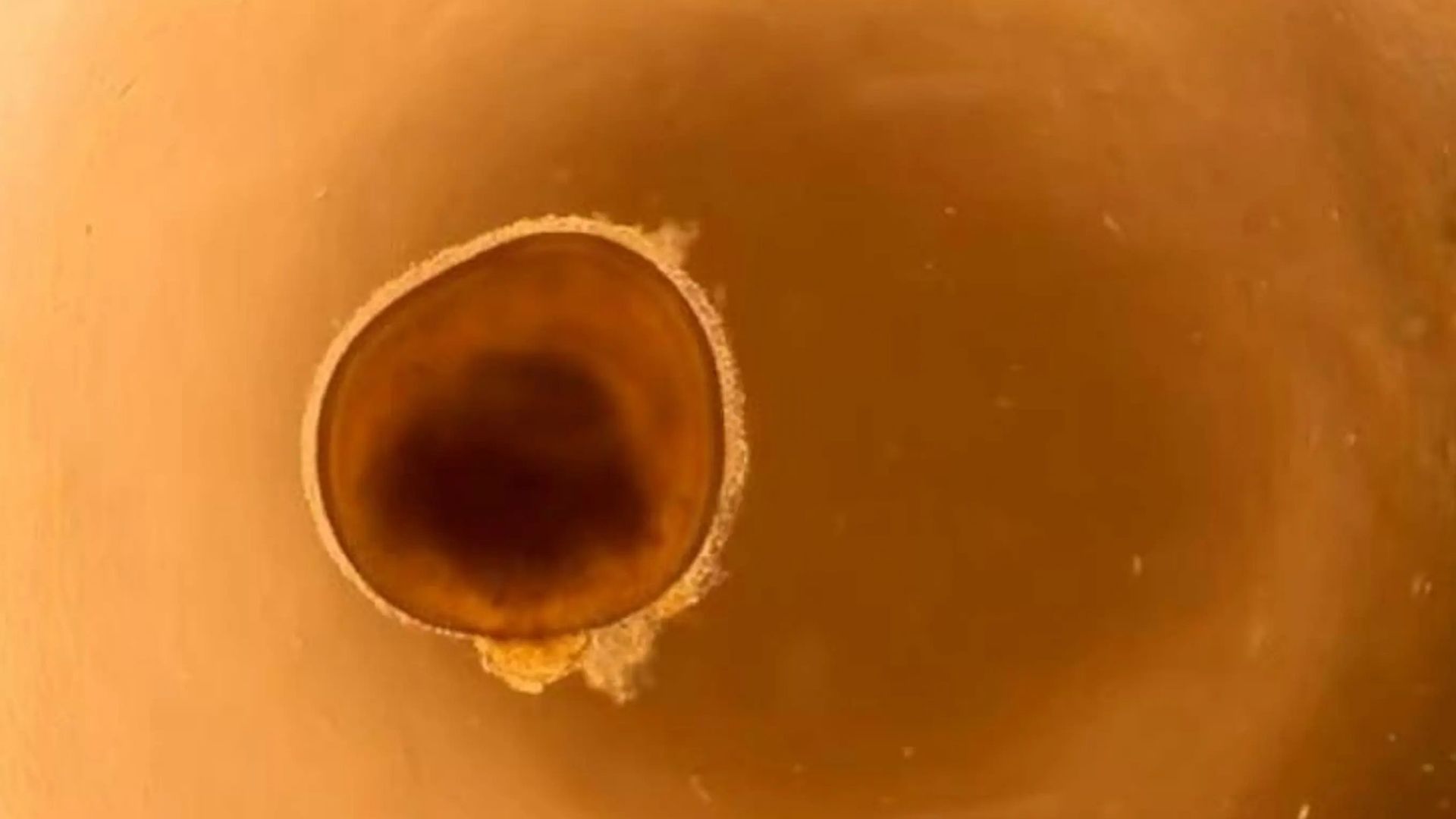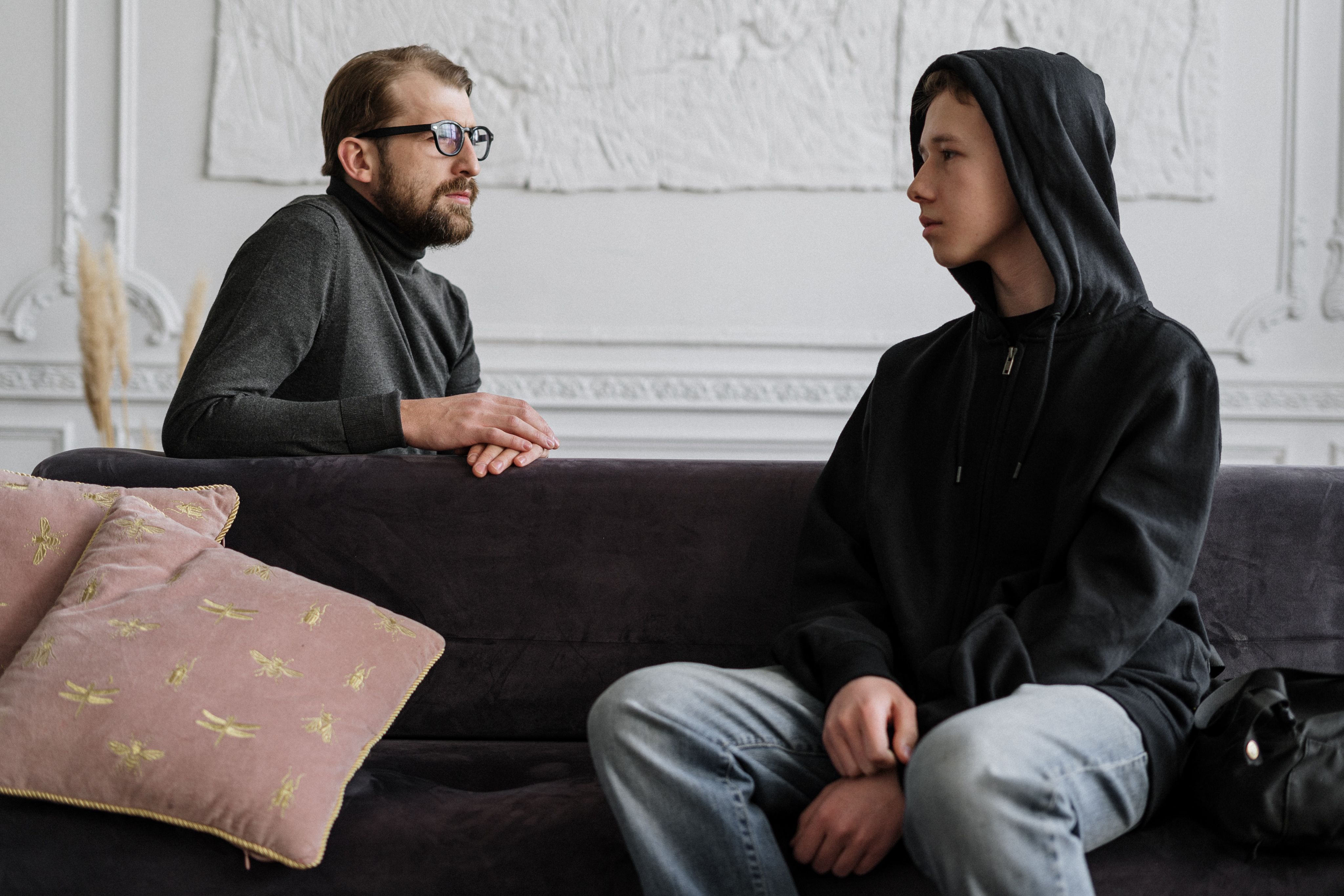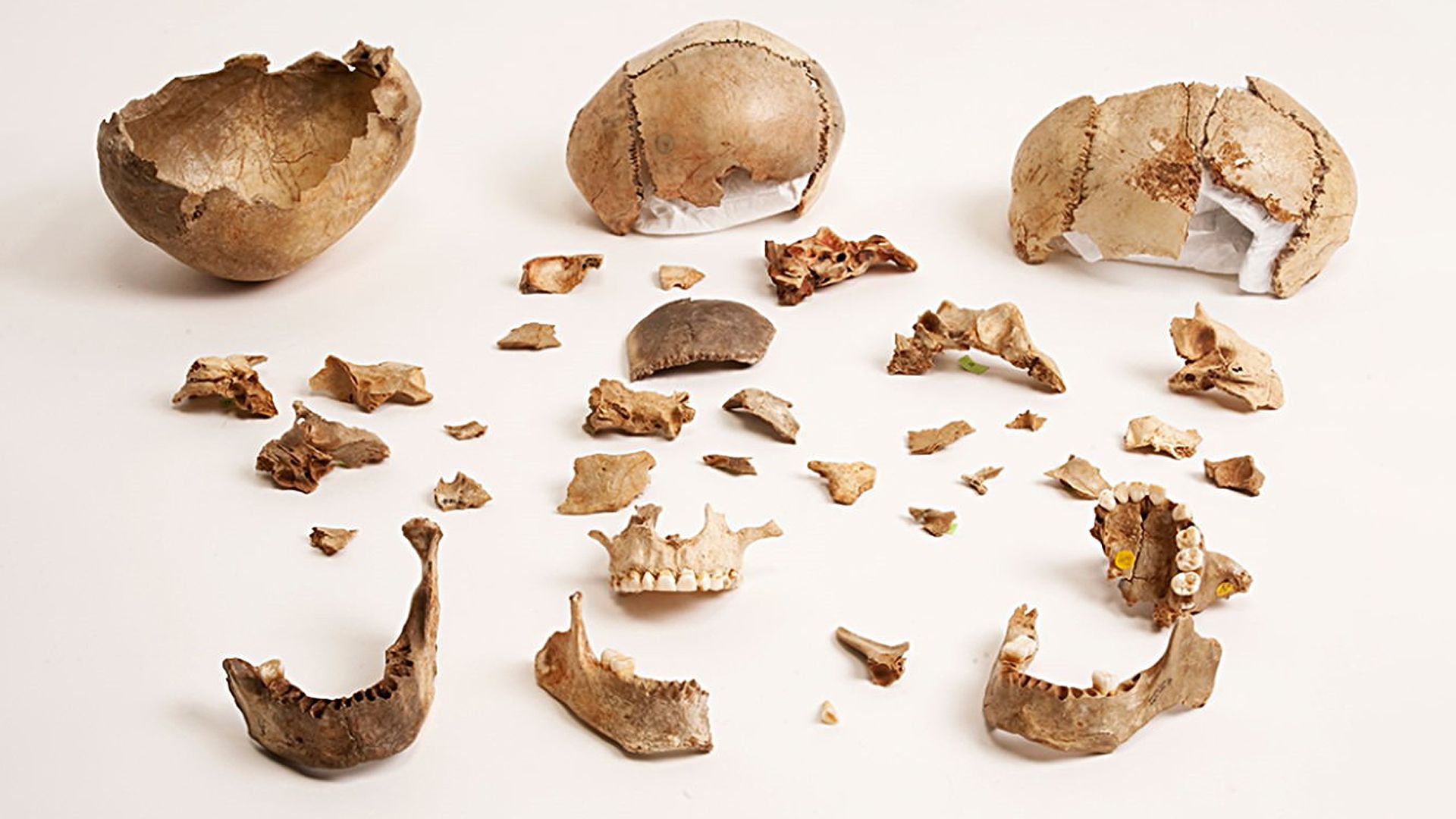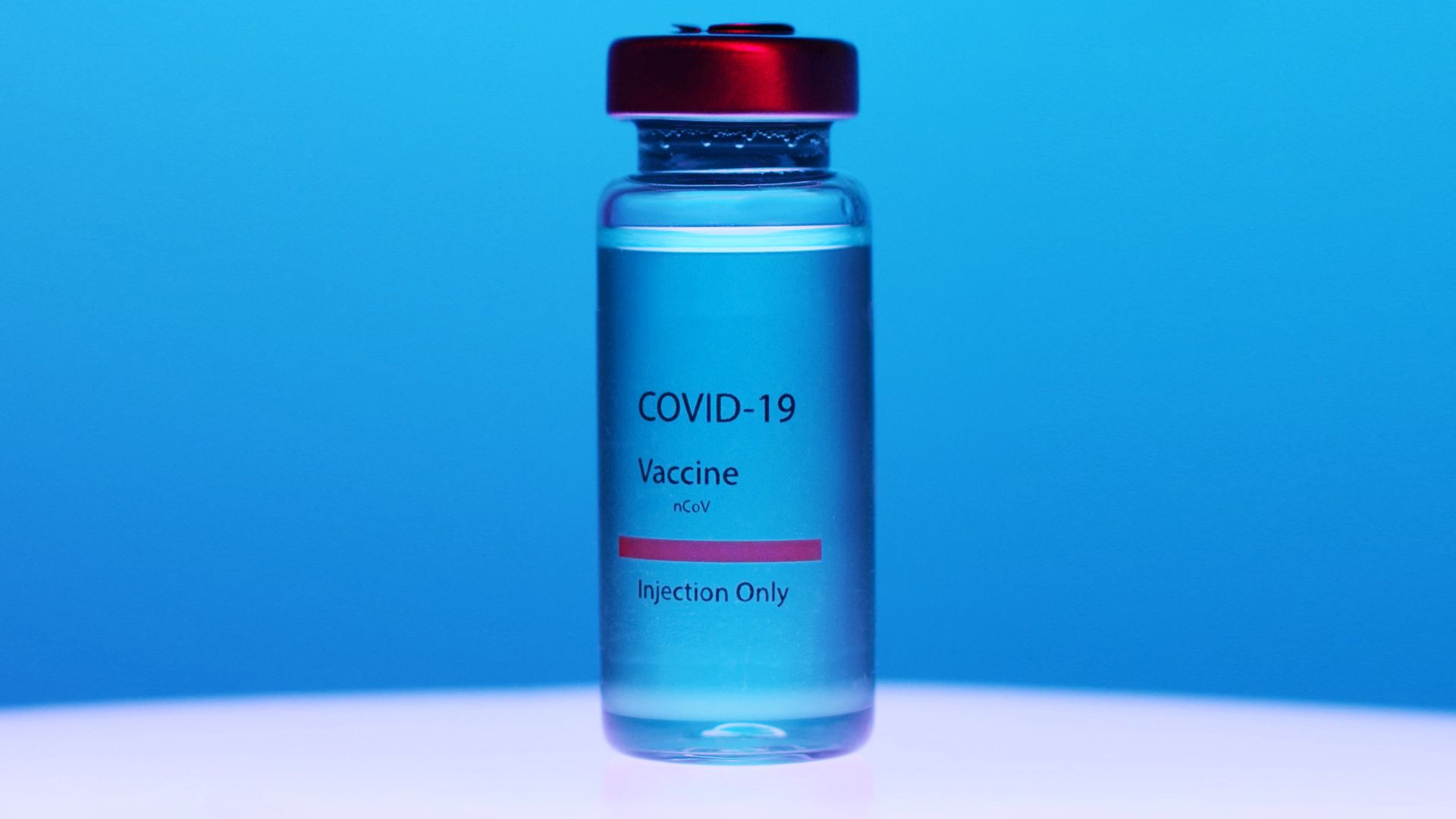Breakthroughs
Disruptive thinking
How can magnets be used to kill cancer? What do coral reefs sound like? Catch up on the latest breakthroughs from UCL’s 11 faculties
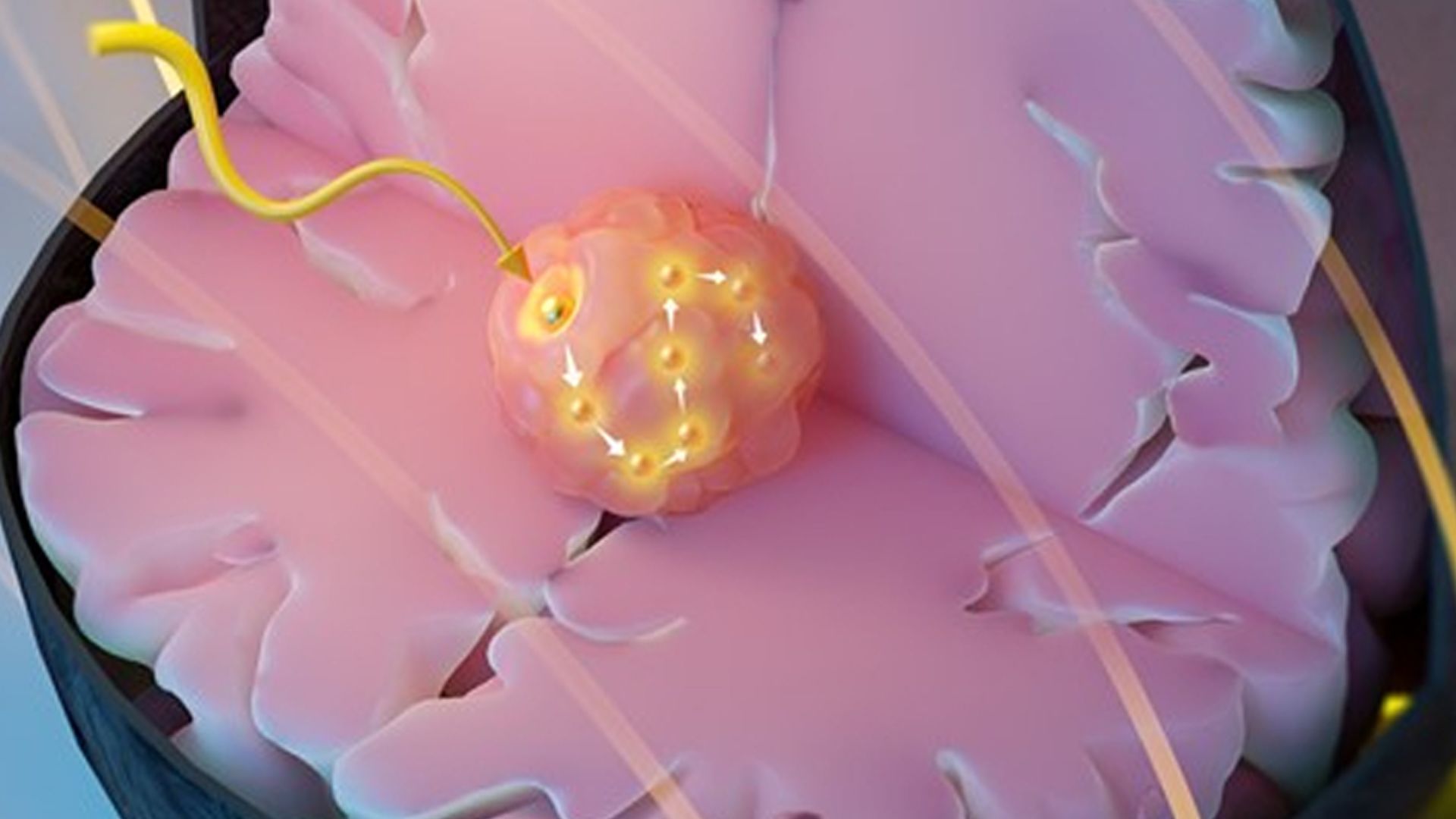
On Target
An artist's impression of the ferromagnetic thermoseed
An artist's impression of the ferromagnetic thermoseed
Scientists at UCL Medical Sciences have developed a novel cancer therapy that uses an MRI scanner to guide a magnetic seed through the brain to heat and destroy tumours.
The therapy, demonstrated in mice, is called minimally invasive image-guided ablation or MINIMA. It comprises a ferromagnetic thermoseed that is navigated to a tumour using magnetic propulsion gradients generated by an MRI scanner, before being remotely heated to kill nearby cancer cells. The therapy has the potential to elevate a hospital’s MRI scanner from a diagnostic device to a therapeutic platform.
Professor Mark Lythgoe (UCL Centre for Advanced Biomedical Imaging) says: “MINIMA has the potential to avoid traditional side effects by precisely treating the tumour without harming surrounding healthy tissues or having to perform open surgery. This could also be beneficial to patients by reducing recovery times.”
The study was supported with funding by the Rosetrees Trust and the John Black Charitable Foundation.

Listening In
A hydrophone recording the sounds of a coral reef in Sulawesi, Indonesia. Image: Tim Lamont/University of Exeter
A hydrophone recording the sounds of a coral reef in Sulawesi, Indonesia. Image: Tim Lamont/University of Exeter
Coral reefs have a complex soundscape made up of the many fish and other creatures that live on them. In a new study, scientists from UCL Life Sciences harnessed artificial intelligence (AI) to train a computer algorithm to listen to multiple audio recordings of healthy and degraded reefs and learn the differences. The computer then analysed a host of new recordings and successfully identified reef health 92% of the time.
A researcher deploys a hydrophone on a coral reef in Sulawesi, Indonesia. Image: Tim Lamont/University of Exeter
A researcher deploys a hydrophone on a coral reef in Sulawesi, Indonesia. Image: Tim Lamont/University of Exeter
Currently, experts must conduct labour-intensive acoustic analysis methods to measure reef health based on sound recordings. However, AI could pick up patterns that were undetectable to the human ear and then process faster, and more accurately, how the reef was doing.
A further benefit of this new method is that it is easier and cheaper to leave an underwater hydrophone on a reef than to have expert divers visiting the reef repeatedly to survey it – especially in remote locations. The recordings used in the study were taken at the Mars Coral Reef Restoration Project in Indonesia.
Mind Games
Dishbrain activity viewed under a microscope
Dishbrain activity viewed under a microscope
A dish of living brain cells learned to play the computer game Pong and perform other goal-directed tasks in a recent experiment, known as Dishbrain, conducted by UCL Brain Sciences researchers.
Working with biotech startup Cortical Labs, scientists from UCL Queen Square Institute of Neurology took 800,000 brain cells from embryonic mice and human brain cells derived from stem cells. They then grew the cells on top of microelectrode arrays that could both stimulate and read their activity. Through these electrodes, the cells learned the basics of Pong – from which side the ball was on to moving the paddle.
By building a living model brain from basic structures in this way, the scientists hope to be able to experiment using real brain function, rather than equivalent models made on a computer. For example, the team now hope to use the cells to see what effect alcohol has when introduced to Dishbrain.
The findings also raise the possibility of creating an alternative to animal testing when investigating how new drugs or gene therapies respond in these dynamic interventions.
Read the full story: Human brain cells in a dish learn to play Pong

Remote Control
UCL MotionInput Version 3 software allows users to interact with their computer without using a mouse or keyboard
UCL MotionInput Version 3 software allows users to interact with their computer without using a mouse or keyboard
Ground-breaking software that allows users to control their PC through their webcam using face and body movements has been developed by a team of UCL Engineering Sciences students in collaboration with Intel, Microsoft, IBM and the NHS. The software could revolutionise the way that millions of people use PCs by allowing those with mobility issues to easily interact with their PCs without the need to buy adapted computers and use pointer devices.
UCL MotionInput Version 3 removes the need for a keyboard or mouse, allowing users to interact with their computer by moving their hands, fingers, head, eyes, nose, eyebrows, mouth or full body in front of the webcam. They can also simultaneously give spoken commands and dictate text – for example, to fill in a website form – which is captured by their computer microphone.
The software can be used on the majority of Windows PCs and doesn’t require any specific equipment other than the webcam and microphone, which most laptops already have, meaning there are very few barriers to access.
Read the full story: Students develop software to revolutionise computer use for millions
For Sight
A 'mini eye' viewed under a microscope
A 'mini eye' viewed under a microscope
Researchers from UCL Population Health Sciences have grown ‘mini eyes’ that make it possible to study and better understand the development of blindness in Usher syndrome for the first time.
The 3D ‘mini eyes’, known as organoids, were grown from stem cells generated from skin samples donated by patients at Great Ormond Street Hospital for Children. Previous research using animal cells was unable to mimic the same sort of sight loss as that seen in Usher syndrome.
In a healthy eye, rod cells that detect light are arranged in the back of the eye in an important region responsible for processing images called the retina. This new research found that it is possible to get rod cells to organise themselves into layers that mimic their organisation in the retina – producing a ‘mini eye’.
Usher syndrome is the most common genetic cause of combined deafness and blindness, affecting approximately three to ten in 100,000 people worldwide. Children with Type 1 Usher syndrome are often born profoundly deaf, while their sight slowly deteriorates until they are blind by adulthood. Although cochlear implants can help with hearing loss, there are currently no treatments for retinitis pigmentosa, which causes vision loss in Usher syndrome.
Read the full story: Lab grown ‘mini eyes’ help understanding of blindness in rare genetic condition
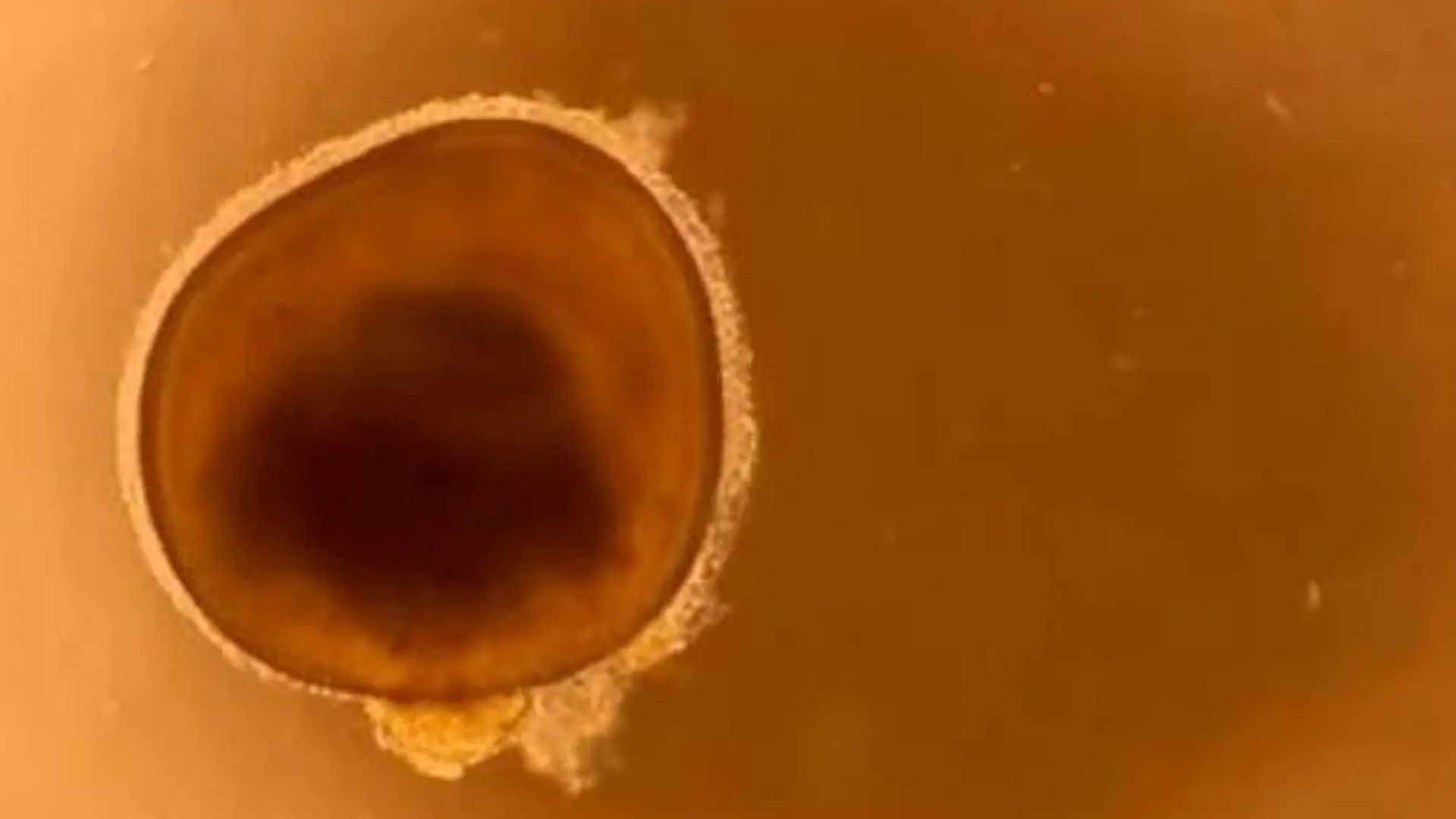
Global Warning
To limit warming to 1.5°C, net-zero emissions will need to be met globally by the early 2050s. Image: Alamy
To limit warming to 1.5°C, net-zero emissions will need to be met globally by the early 2050s. Image: Alamy
Immediate and deep emissions reductions are required across all sectors – along with widespread use of carbon-removal technology – to limit warming to 1.5°C, according to a new Intergovernmental Panel on Climate Change (IPCC) report involving contributions from The Bartlett academics.
In the scenarios assessed, limiting warming to 1.5°C will require emissions of greenhouse gases to peak by 2025 at the latest, with reductions of 43% by 2030. As part of this, there must be reductions in methane of around a third. For global temperatures to stabilise, carbon dioxide emissions specifically will need to reach net zero – and to limit warming to 1.5°C, net-zero emissions will need to be met globally by the early 2050s.
Professor Michael Grubb (UCL Institute of Sustainable Resources and UCL Energy Institute) says: “The report shows slow progress at the global level, but clear potential to [advance with] sustainable energy and land use much more rapidly. Tangible signs of progress include growing numbers of countries having sustained emission reductions, and the advent of cheap renewables that will power electric vehicles, heat pumps and other smart, emissions-free technology.”
Read the full story: Evidence supports urgent action to halve emissions by 2030
Old Gold
A gold coin bearing the head of Roman emperor Sponsian
A gold coin bearing the head of Roman emperor Sponsian
A gold coin long dismissed as a forgery appears to be authentic and depicts a long-lost Roman emperor named Sponsian, according to a new UCL-led study. The coin, housed at the Hunterian Collection at the University of Glasgow, was among a handful of coins of the same design unearthed in Transylvania, in present-day Romania, in 1713. They have been regarded as fakes since the mid-19th century, due to their crude, strange design features and jumbled inscriptions.
The research team used powerful microscopes in visible and ultraviolet light, as well as scanning electron microscopy and spectroscopy – studying how light at different wavelengths is absorbed or reflected – to study the coin’s surface.
The team found minerals consistent with the coin being buried in soil over a long period of time and then exposed to air. These minerals were cemented in place by silica – cementing that would naturally occur over a long time in soil. The team also found a pattern of wear and tear that suggested the coin had been in active circulation.
Read the full story: Ancient Roman coins reveal long-lost emperor
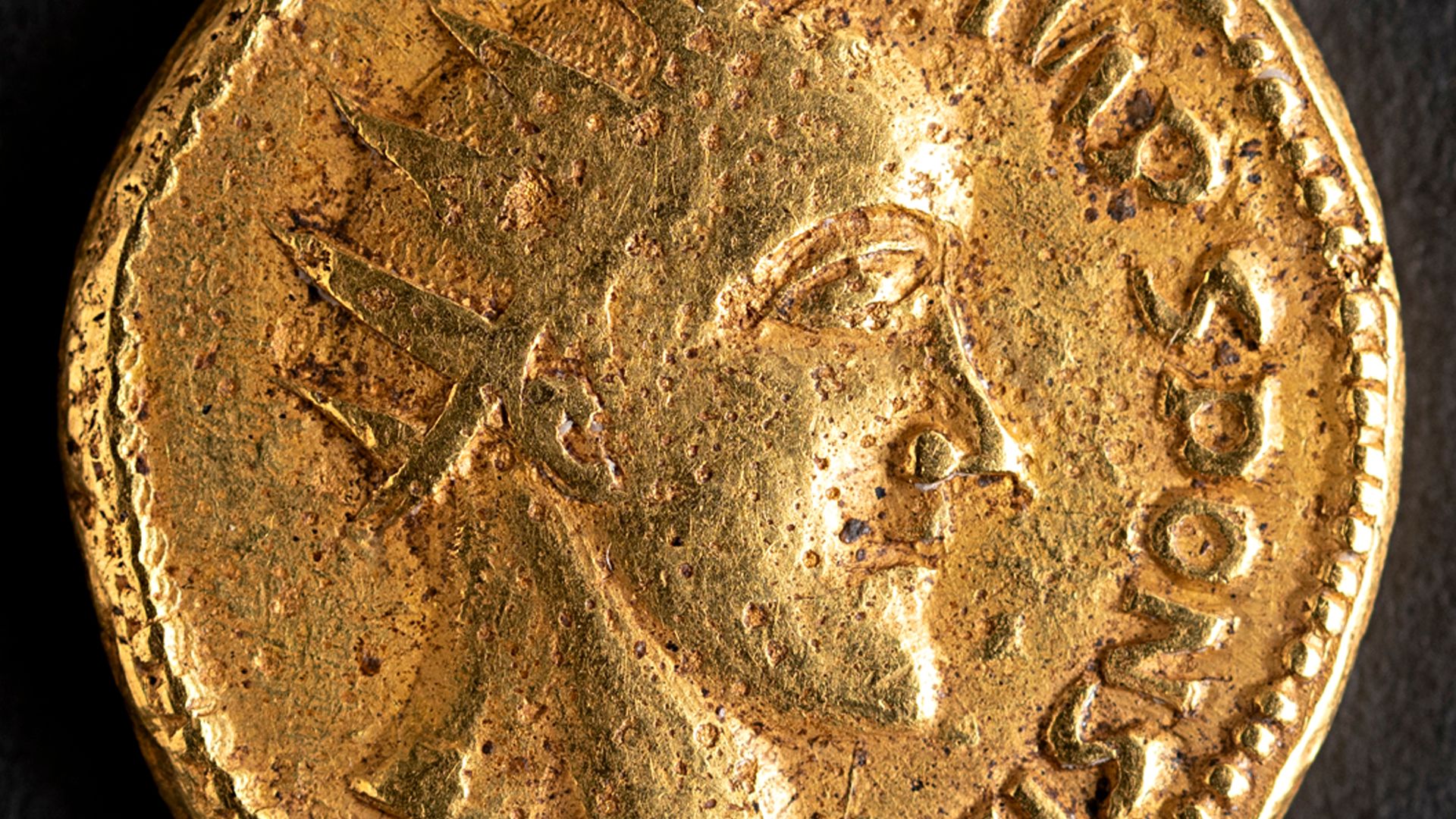
Growing Pains
Researchers found that 44% of young people scored above the threshold for ‘probable mental ill health’. Image: Stocksy
Researchers found that 44% of young people scored above the threshold for ‘probable mental ill health’. Image: Stocksy
Poor mental health among young people aged 16 and 17 has increased by more than 25% since 2017, with those who identify as non-binary among the most affected, according to research by the Sutton Trust and IOE, UCL’s Faculty of Education and Society.
Using data from the Covid Social Mobility & Opportunities study, a previous IOE-led study, researchers found that 44% of young people scored above the threshold for ‘probable mental ill health’. The researchers say that the pandemic likely accelerated this decline, with young people more likely to report high psychological distress if they had been infected with Covid.
The research also reveals stark patterns in mental health by gender identity, with those who identify as non-binary being more likely to report poor mental health than those who identify as male or female. Almost 70% of those who identified as non-binary reported high psychological distress.
Researchers are calling for sustainable and well-funded mental-health support for young people. Image: Cottonbro Studio/Pexels
Researchers are calling for sustainable and well-funded mental-health support for young people. Image: Cottonbro Studio/Pexels
The researchers are calling for sustainable and well-funded mental-health support for young people, including preventative and early intervention services, targeted support for non-binary and transgender students, and local and national strategies to tackle bullying.
Read the full story: Almost half of young people report mental health problems
Ancient Migrants
Palaeolithic human remains
Palaeolithic human remains
The first genetic data from Palaeolithic human individuals in the UK – the oldest human DNA obtained from the British Isles so far – indicates the presence of two distinct groups that migrated to Britain at the end of the last ice age, according to new research by UCL Institute of Archaeology, the Natural History Museum and the Francis Crick Institute.
The team explored DNA evidence from an individual from Gough’s Cave, Somerset, and an individual from Kendrick’s Cave, North Wales, who both lived more than 13,500 years ago. The study involved radiocarbon dating and analysis, as well as DNA extraction and sequencing.
The researchers found that the DNA from the individual from Gough’s Cave, who died about 15,000 years ago, indicates that her ancestors were part of an initial migration into northwest Europe around 16,000 years ago.
However, the individual from Kendrick’s Cave is from a later period, around 13,500 years ago, with his ancestry from a western hunter-gatherer group. This group’s ancestral origins are thought to be from the near East, with a migration to Britain around 14,000 years ago.
The two groups were found to be culturally – as well as genetically – distinct, with differences in what they ate and how they buried their dead.
Read the full story: UK’s oldest human DNA obtained, revealing two distinct Palaeolithic populations

Best Practice
Careful design is required to ensure that vaccine mandates do not violate fundamental rights. Image: Artem Podrez/Pexels
Careful design is required to ensure that vaccine mandates do not violate fundamental rights. Image: Artem Podrez/Pexels
Writing in The Lancet, human-rights lawyers Professor Jeff King, Dr Andrew Jones (both UCL Laws) and Professor Octavio Ferraz (King’s College London) have concluded that mandatory Covid vaccination is compatible with human-rights law, yet great care is needed in the design of any mandates.
This follows extensive discussion and analysis held as part of the Lex-Atlas: Covid-19 (LAC19) project, a worldwide network of jurists that is producing and curating the open-access Oxford Compendium of National Legal Responses to Covid-19.
According to the authors, restrictions on liberty can be justified if they prevent harm to others. For example, in more than 100 countries there already exists some version of mandatory vaccination of schoolchildren for a range of diseases, from measles to polio.
However, the in-principle compatibility of mandatory vaccination and human rights does not mean that governments, employers or schools can be cavalier about their adoption. Careful design is required to ensure that vaccine mandates do not violate fundamental rights. To this end, The LAC19 project has produced a range of principles, including that mandatory vaccination programmes must:
- be prescribed by law that is clear and preferably adopted after consultation
- meet the legal principle of proportionality and have a legitimate aim
- constructively engage with reasonable vaccine hesitancy
Read the full story: Mandatory Covid-19 vaccination and human rights
After Words
Lockdown Cultures looks at how responses to the arts, culture, humanities and history changed through the pandemic
Lockdown Cultures looks at how responses to the arts, culture, humanities and history changed through the pandemic
Snapshot responses to lockdown from academics across the arts and humanities at UCL are captured in an evocative open-access book published by UCL Press.
Through different creative lenses and disciplinary perspectives, Lockdown Cultures looks at how responses to the arts, culture, humanities and history changed through the pandemic, and explores how academics reassessed and reengaged with their subjects. While each contributor’s approach varies, there are two dominant themes: how art and culture can help us understand the Covid crisis, and how the value of the humanities can be demonstrated by engaging with cultural products from the past.
Stella Bruzzi, Executive Dean of UCL Arts & Humanities and co-editor, says: “This book provided an opportunity for academics who work within the arts and humanities to do something different from their normal academic practice: to respond freely to the extraordinary situation that they, like everyone else, faced during lockdown. That freedom provides a unique insight into how people within disciplines related to arts and humanities use the objects and methods of their study to engage with the world around them.”
Read the full story: Lockdown Cultures: The arts and humanities in the year of the pandemic, 2020-21
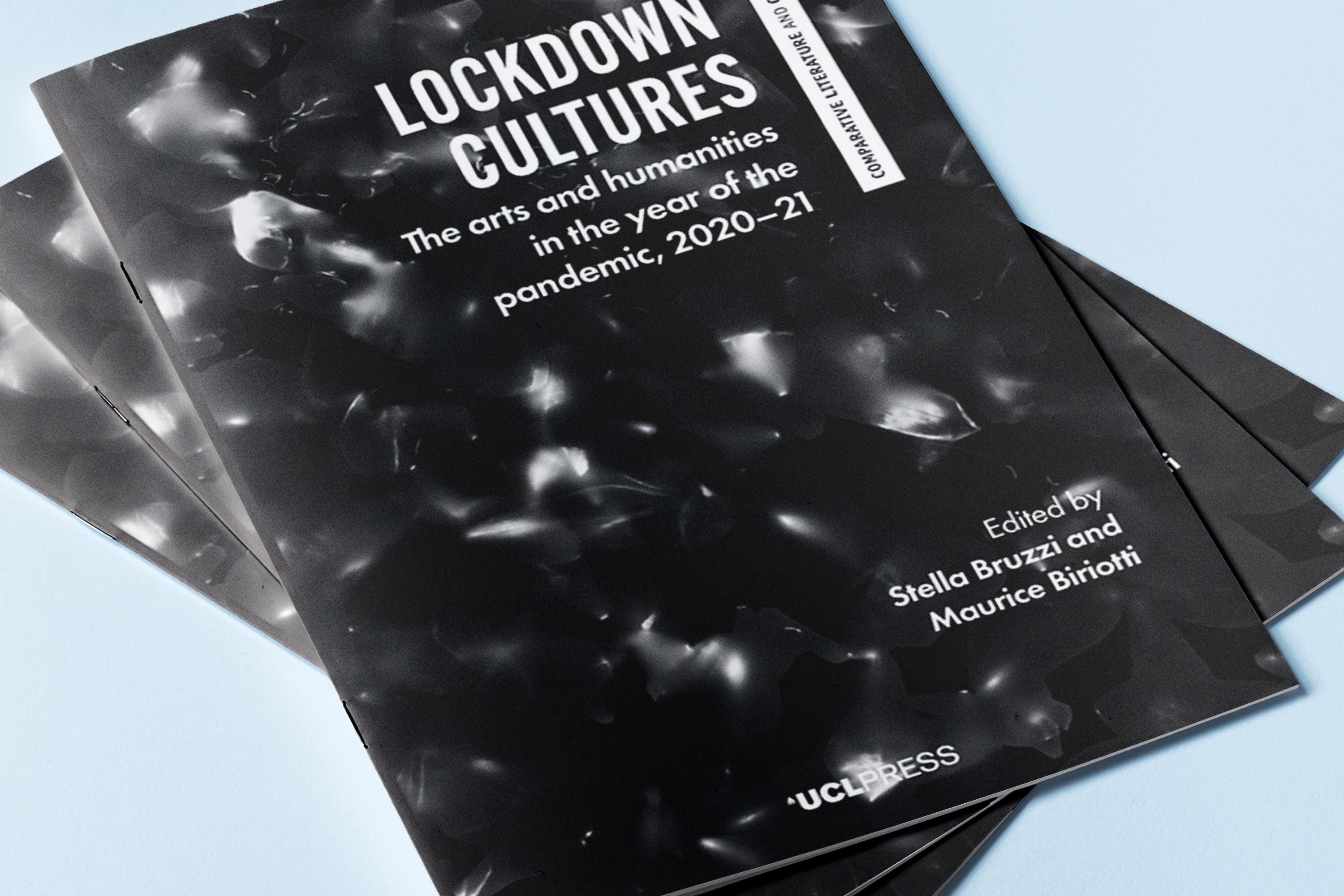

Portico magazine features stories for and from the UCL community. If you have a story to tell or feedback to share, contact advancement@ucl.ac.uk




